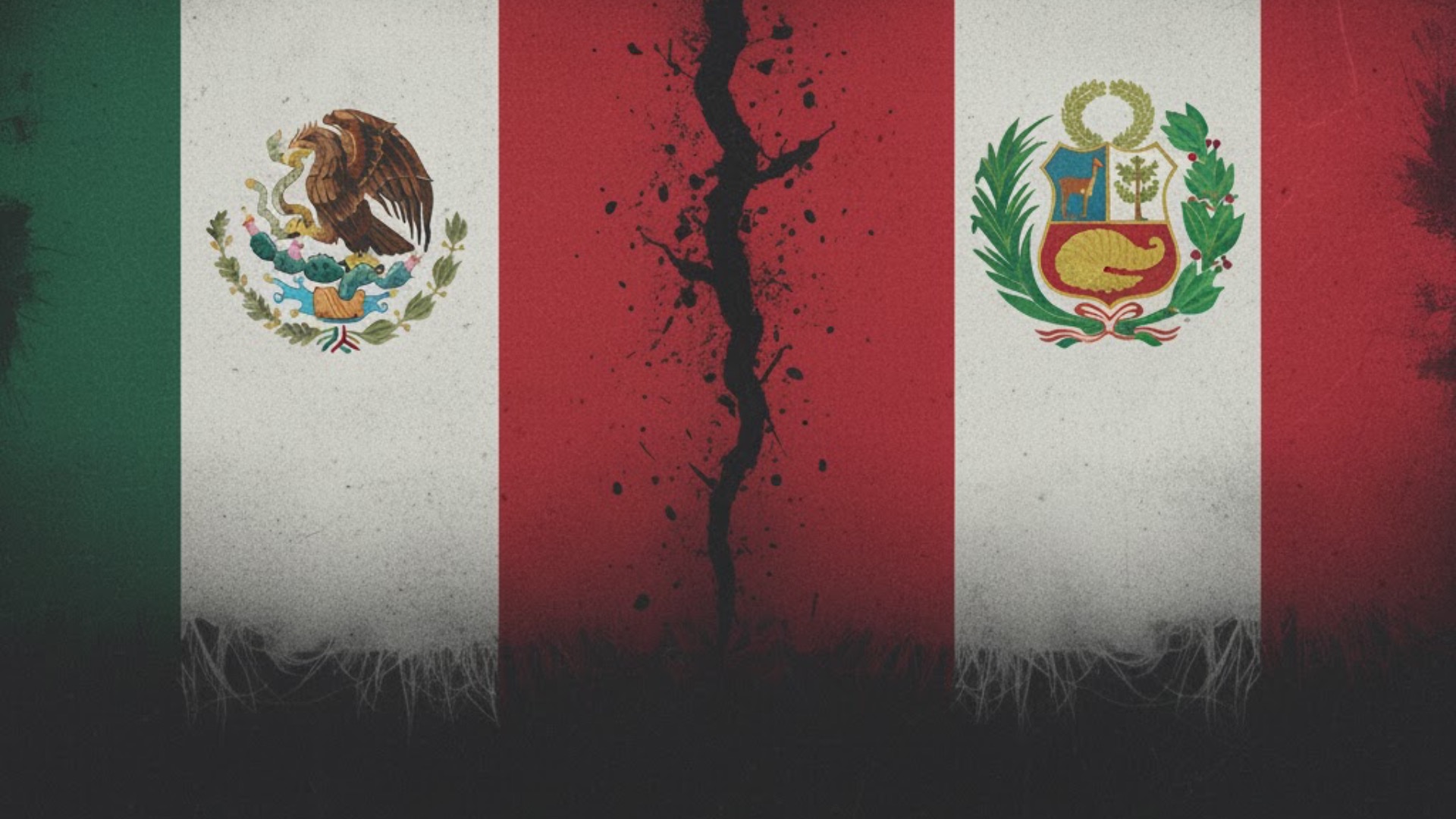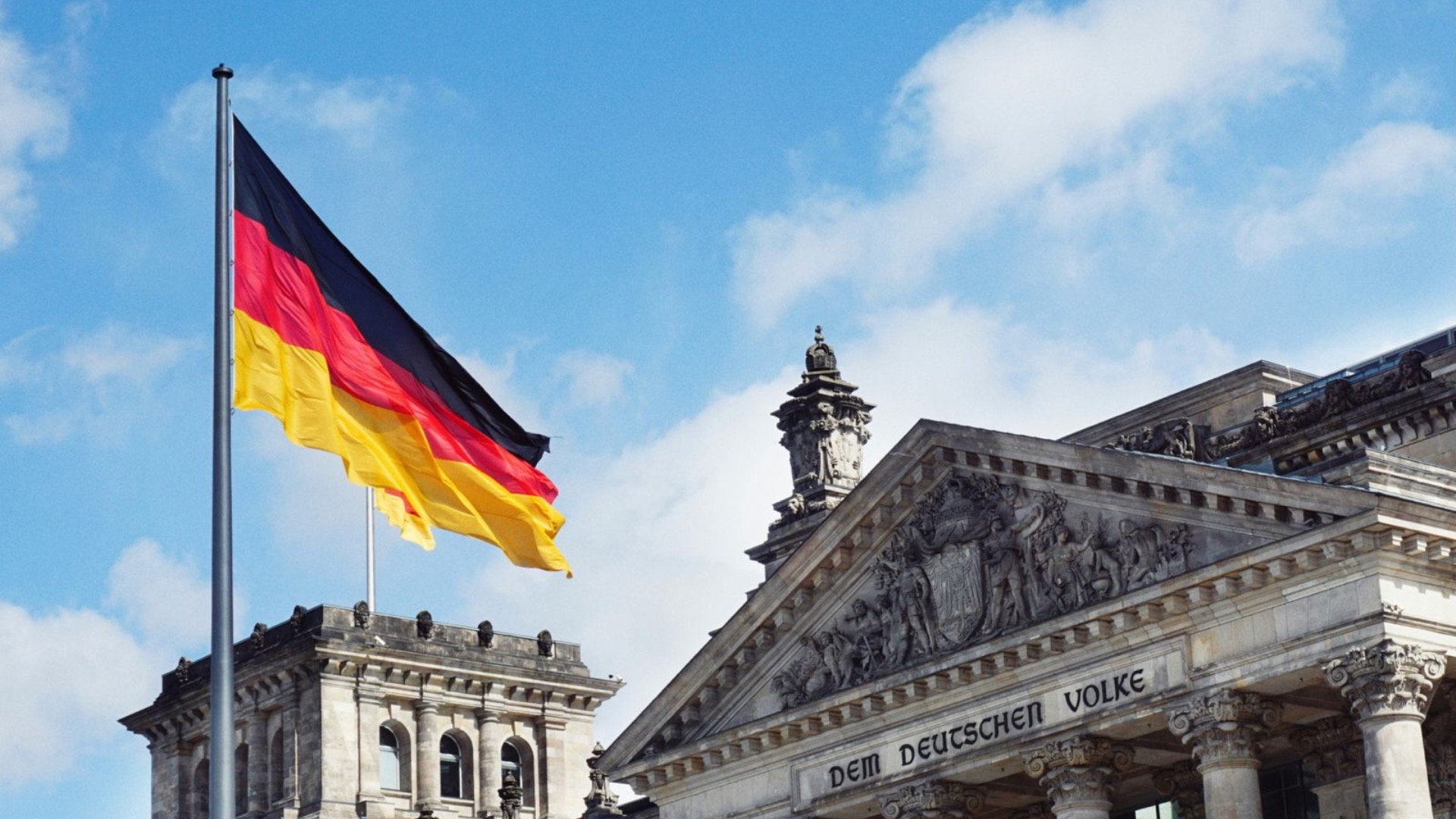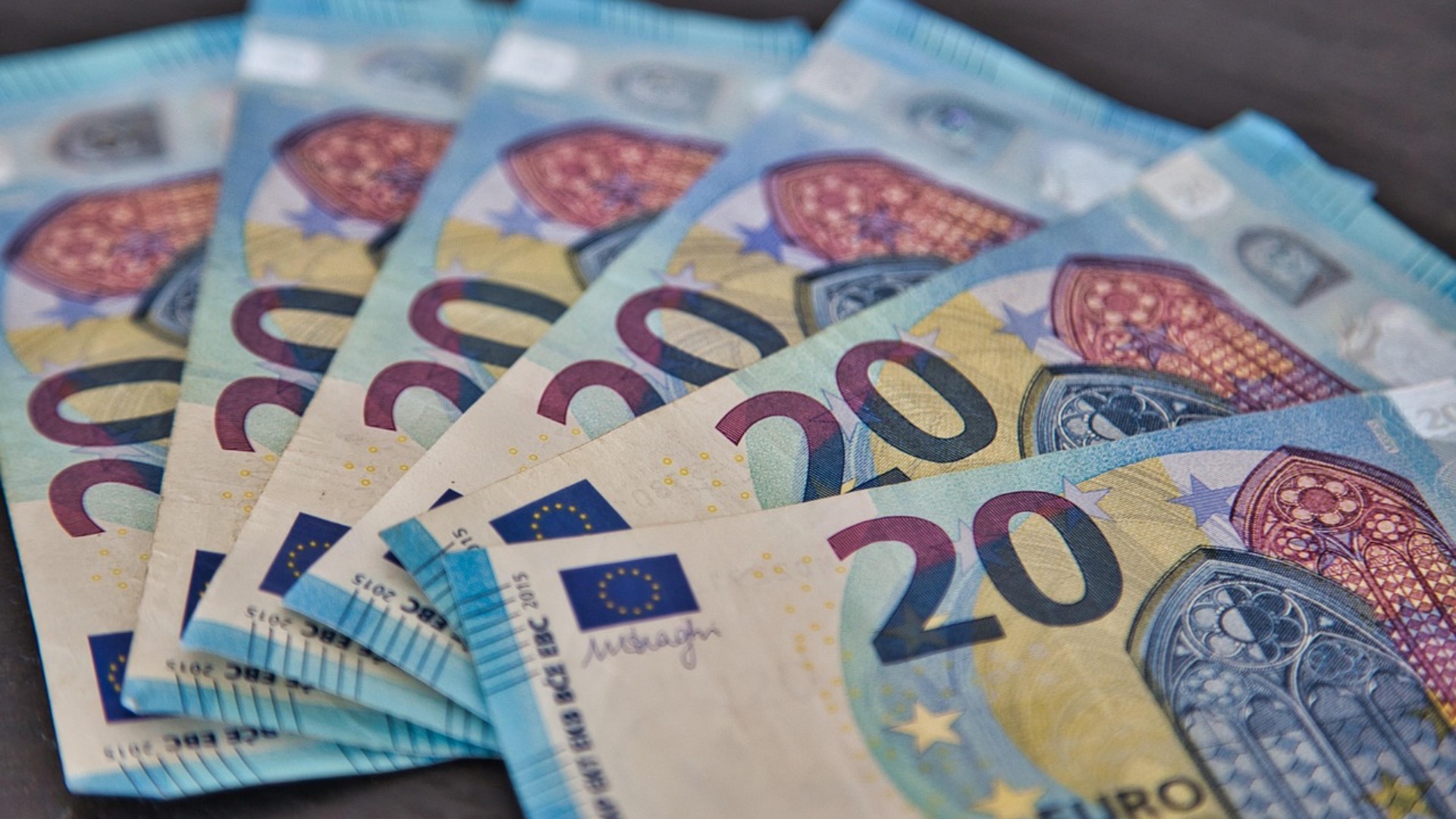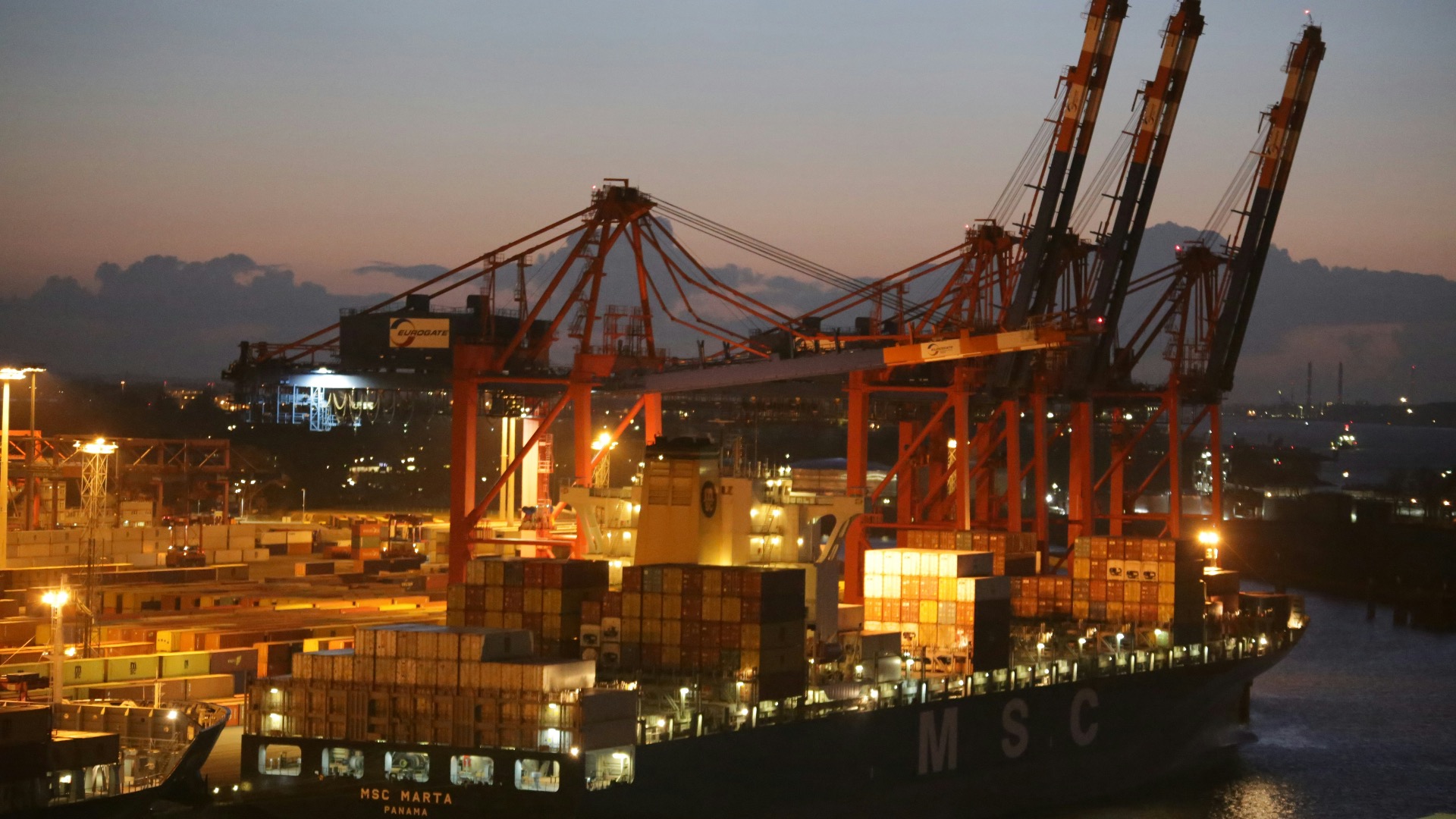
The Art of the Solution: Berlin's New Formula for Science and Diplomacy
In an era defined by complex global challenges, from climate change to the governance of AI, the traditional methods of communicating science are proving insufficient for shaping effective policy. What is urgently needed are new ways to bridge the gap between expert knowledge, public understanding, and political action. Berlin, this November, is offering a compelling look at what that future can entail. During its 10th anniversary, Berlin Science Week is exploring the theme „Beyond Now,“ and its FORUM hub, in particular, showcases a powerful new formula: the strategic fusion of art and technology. This approach does more than just present scientific findings; it creates an accessible, cultural experience that is vital for building the public consensus needed to support bold policy and strengthen a nation’s diplomatic hand.
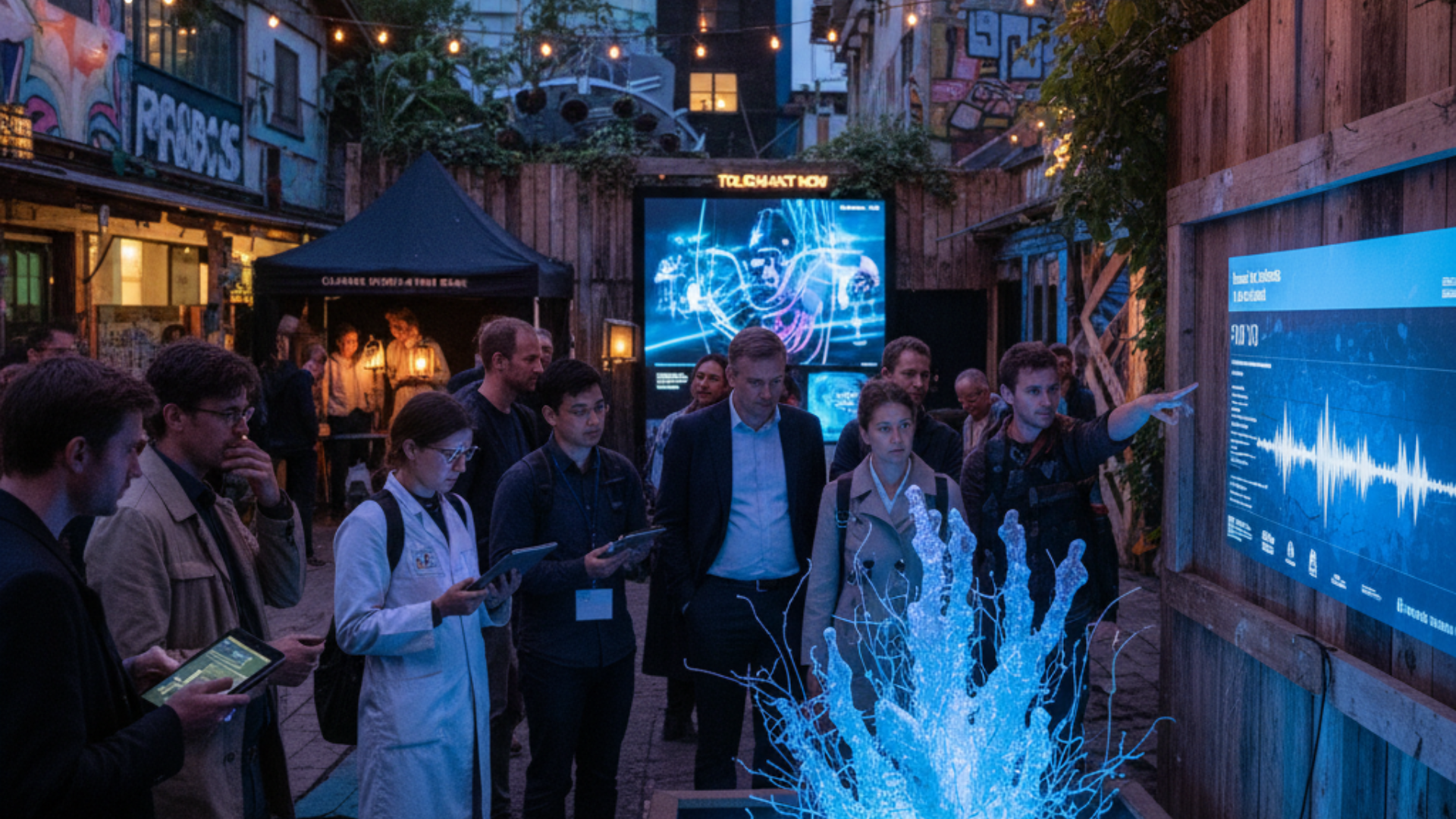
The FORUM Hub: A Stage for Public Scientific Diplomacy
From November 1st to 10th, the epicenter of this creative fusion is not a sterile conference hall, but Holzmarkt 25, a vibrant, unconventional creative village on the banks of the Spree. The choice of venue is strategic. It signals a deliberate effort to demolish the ivory tower, taking science out of the lab and into dynamic public spaces. This is where science communication sheds its formality and becomes an interactive, cultural experience.
For policymakers and diplomats, the significance of this approach cannot be overstated. Effecting change on monumental issues like climate action, digital transformation, or public health requires broad public buy-in. The FORUM hub serves as a powerful model for how to achieve it. By embedding complex scientific topics within art installations, performances, and open discussions, it fosters a deeper, more intuitive understanding. This is “soft power” in action. It showcases an open, innovative, and civically engaged society, reinforcing Germany’s image as a nation that not only drives research but also pioneers new ways to connect that research to its citizens.
Case Study: Art as a Catalyst for Ecological Solutions
Nowhere is this synthesis more compelling than in the project „Coral Sonic Resilience“ by artist Marco Barotti. Imagine intricate, 3D-printed underwater sculptures, designed to look like a new form of marine life. These are not merely decorative objects. Equipped with hydrophones, they listen to the ambient sound of the ocean and, using AI, translate it into frequencies known to attract coral larvae. In essence, they sing a song of invitation, encouraging new life to settle and begin the slow, vital work of reef regeneration.
This single project masterfully embodies the intersection of art (the conceptual, aesthetic form), technology (AI, 3D printing, bio-acoustics), and sustainability (coral reef restoration). This isn’t art about a problem; it’s art actively participating in a solution. For the diplomatic community, this is a profoundly important narrative. It represents a low-cost, scalable, and elegantly creative approach to a critical global crisis—the degradation of our oceans, a key component of the UN’s Sustainable Development Goals (SDG 14: Life Below Water), and serves as a tangible example of German-led innovation that could inspire and inform international environmental forums and bilateral cooperation agreements.
From Climate Narratives to AI Ethics: Broadening the Scope
This interdisciplinary approach is not an isolated marvel but a central theme woven throughout the festival. The power of creative storytelling to shift public perception is further demonstrated by the „Climate Stories in the Dark“ tour at the Museum für Naturkunde. Guiding visitors by torchlight through ancient fossil collections, the tour transforms climate change from an abstract data set into a visceral, tangible history written in stone. For anyone tasked with communicating the urgency of policy, it’s a masterclass in building a compelling narrative that resonates on an emotional level.
Concurrently, the festival tackles the governance of emerging technologies. Exhibitions like „The Red Queen Effect,“ which explores the use of AI in medicine, move beyond technical discussions to probe the crucial ethical and societal implications. By presenting these dilemmas through an artistic lens, the FORUM hub creates an accessible platform for public discourse on issues of technological sovereignty, data privacy, and algorithmic bias—all top-priority items on the contemporary diplomatic agenda.
A Lesson for Policy and Diplomacy
The lesson from Berlin Science Week is clear: the most effective solutions to the challenges that lie “Beyond Now” will not be found in scientific or political silos. For the diplomatic and policymaking communities observing the festival, the takeaways are both immediate and practical.
First, it is a powerful reminder that true innovation is born from the convergence of disciplines. Supporting these creative ecosystems is no longer just an option but a strategic necessity for any nation aiming to be an innovation leader. Second, the festival’s approach to public engagement is more than just outreach; it is a „living laboratory“ for modern governance, offering invaluable insights into building public trust. Finally, this represents a smarter, more sophisticated form of science diplomacy —one built on collaboration and shared creativity.

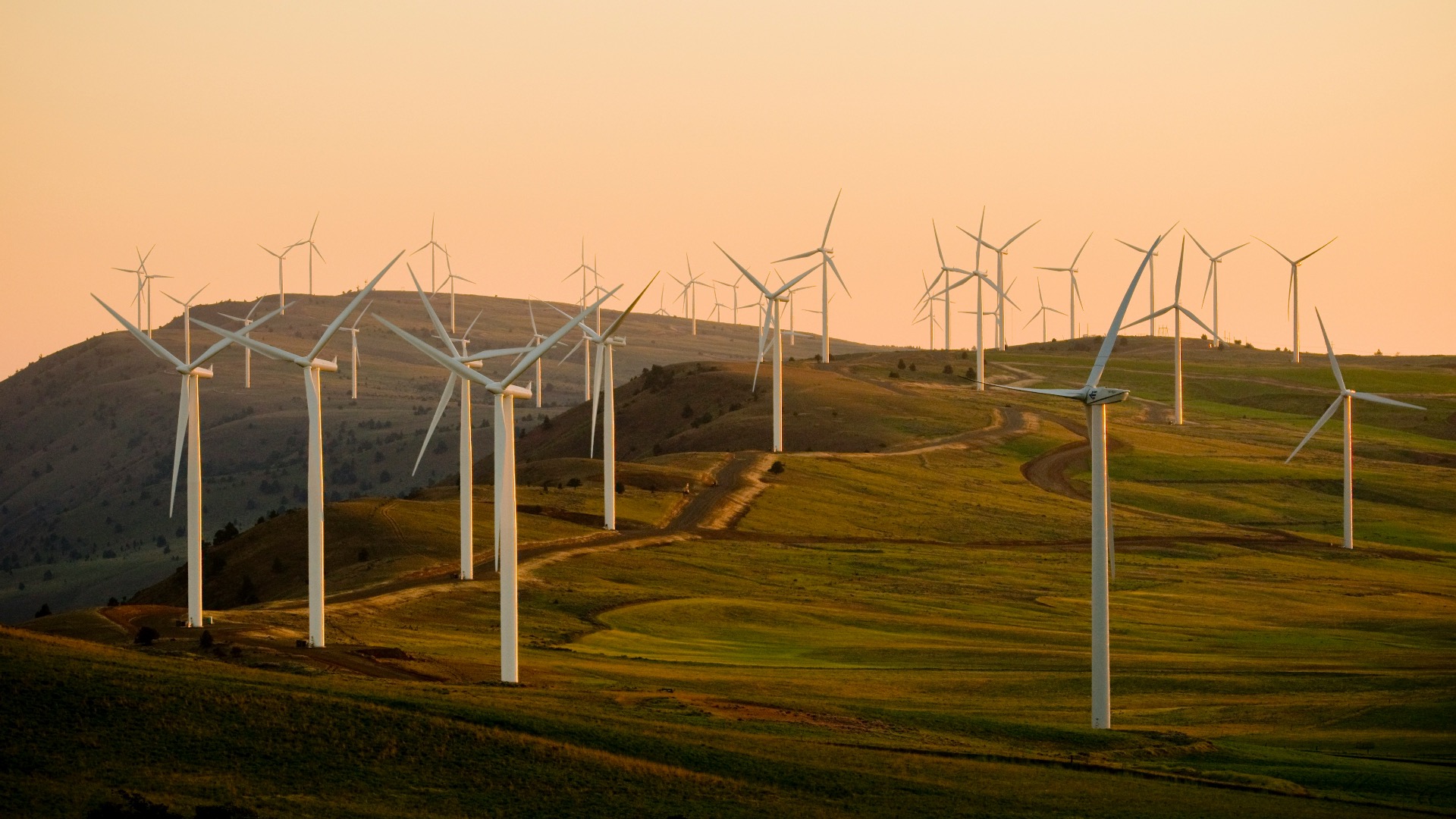
COP30 in Belém: From Ambition to Implementation
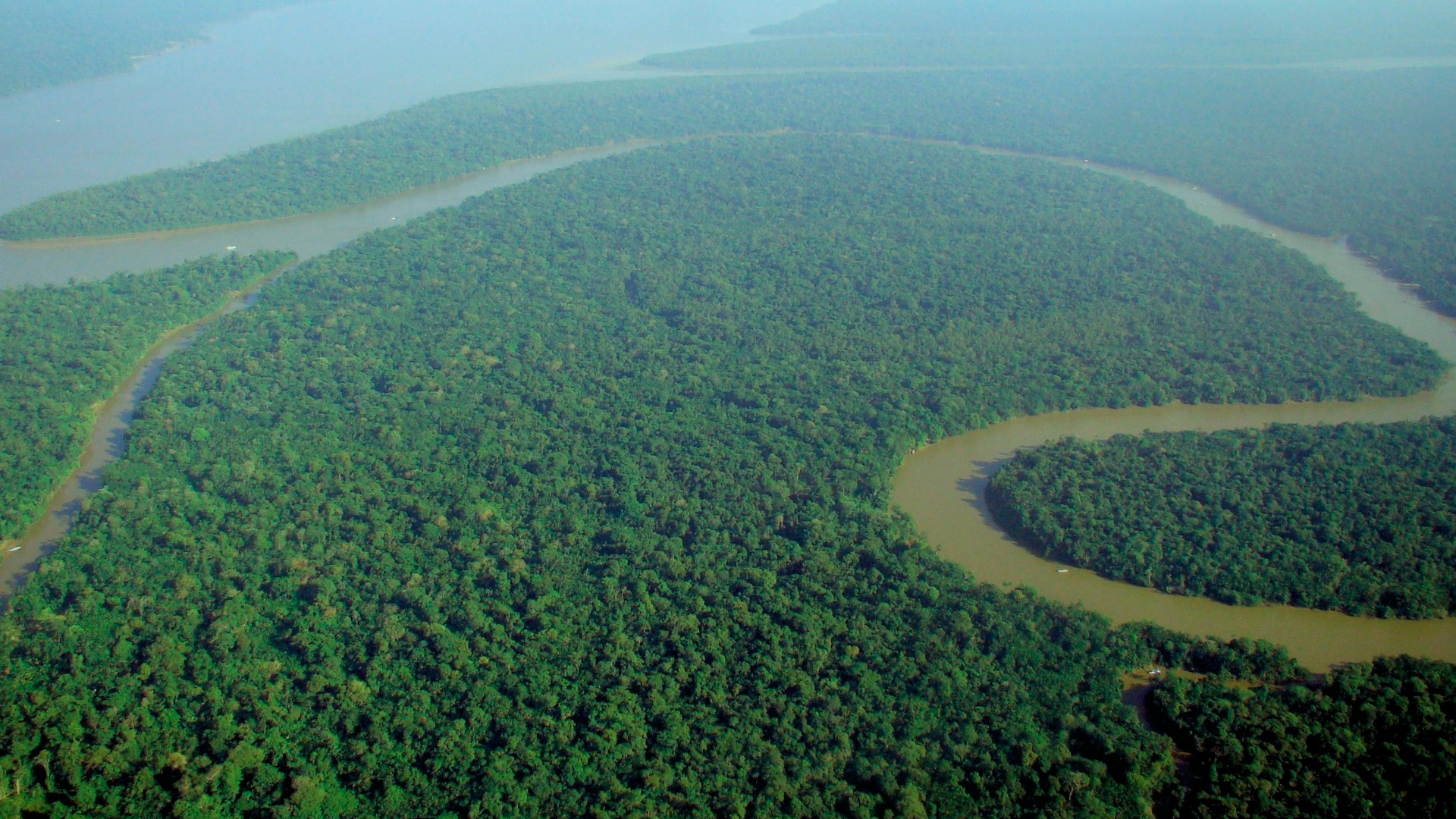
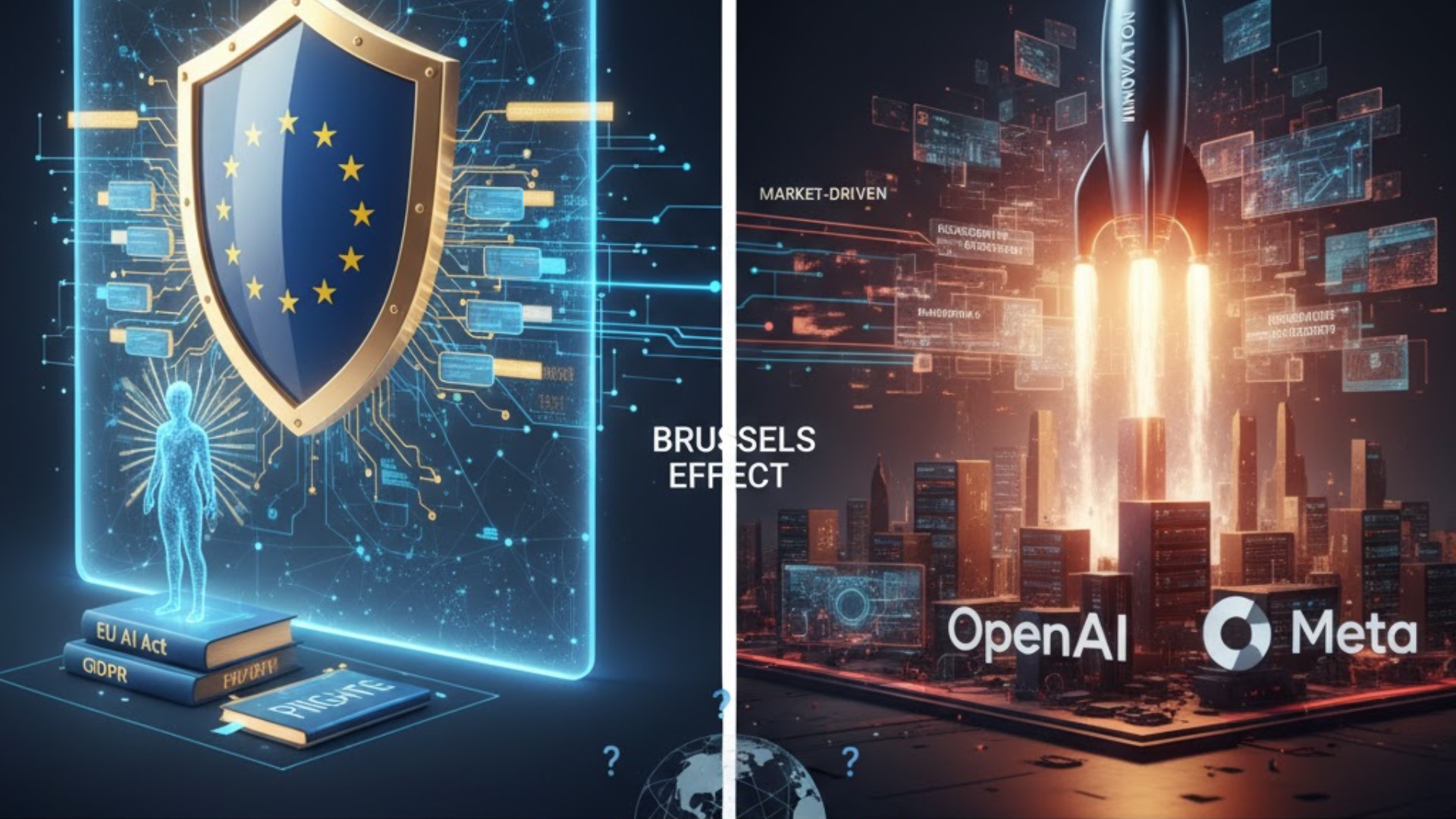
Regulation of AI and Digital Markets: EU vs. U.S. Approaches
